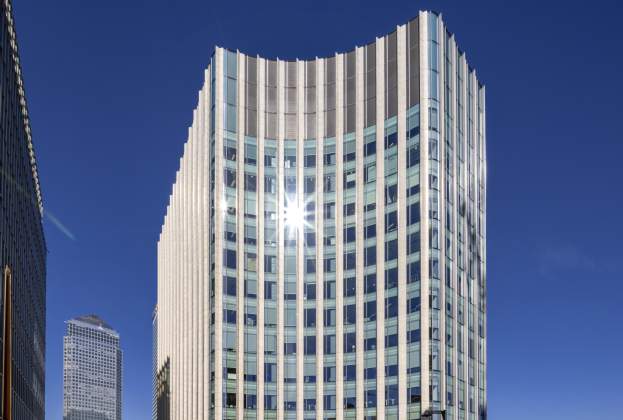Monetary policy announcements by central banks around the world have become more eagerly anticipated in the last year or so than at any time since the Global Financial Crisis. Then, it was a case of ‘how low can you go’ to offset a sharp global recession. In 2023, we’re left pondering how high they need to be to rein in inflation. The answer will soon be apparent; the pace of rate rises is now slowing, and consensus has arrived at a relatively coordinated view that we are nearing the peak.
Emerging economies, after being among the first to raise rates at the beginning of this cycle, are now largely hitting pause on further increases. This began with countries such as Brazil, Poland, India, and Indonesia, but they’ve recently been joined by Canada, South Korea, and Singapore deciding to hold off on further hikes. Other rate-setters may also enter ‘wait-and-see mode’ in the next few months; the US Federal Reserve hinted as much at their last meeting.
However, a pause is not the same as a reduction. The IMF expects rates will eventually return to pre-pandemic levels, but this transition will probably take several years as ‘higher-for-longer’ becomes a reality. So, with the most likely (although not guaranteed) scenario being that rates plateau around current levels, real estate investors are faced with the question: what to do in a persistently higher interest rate environment?
Most investors who have existing debt have been able to withstand the rises in rates seen to date, as evidenced by the lack of forced sales in most markets. But some of this resilience is due to either debt being secured on a fixed-rate deal (or with existing hedges in place), which will come to an end in the next couple of years, or by being temporarily able to service it through creative solutions that may not be sustainable long-term . As a result, we are likely to see more deleveraging in the next 12 months. Some investors will choose to sell, even if prices are lower than originally underwrote and others will hold – albeit absorbing a higher cost of finance.
In the long term, we’ll see acceptance by investors in the sector that the easy cash on cash returns on core real estate assets may never reach the levels previously enjoyed. This has been a trend long in the offing: over the past decade institutions around the world have allocated more money to real estate, which in combination with ultra-low interest rates, has underpinned cap rate excess returns in the sector. Now there’s more liquidity/transparency in trading, which, while a good thing, has made it harder to make an “easy” capital return.
To counter today’s – and likely tomorrow’s – low-entry yields and tight risk premiums, investors will need to generate income growth – but this growth may be more difficult to come by. Asset management is going to become key to unlocking much of this growth, a strategy that will come easier to some investors than others, but ultimately in this new likely era of middling interest rates, it is likely to be the best route to a healthy return.
👉 Further Information:
Eyeing returns in an uncertain interest rate environment


.jpg)


.jpg)



.jpg)
.jpg)